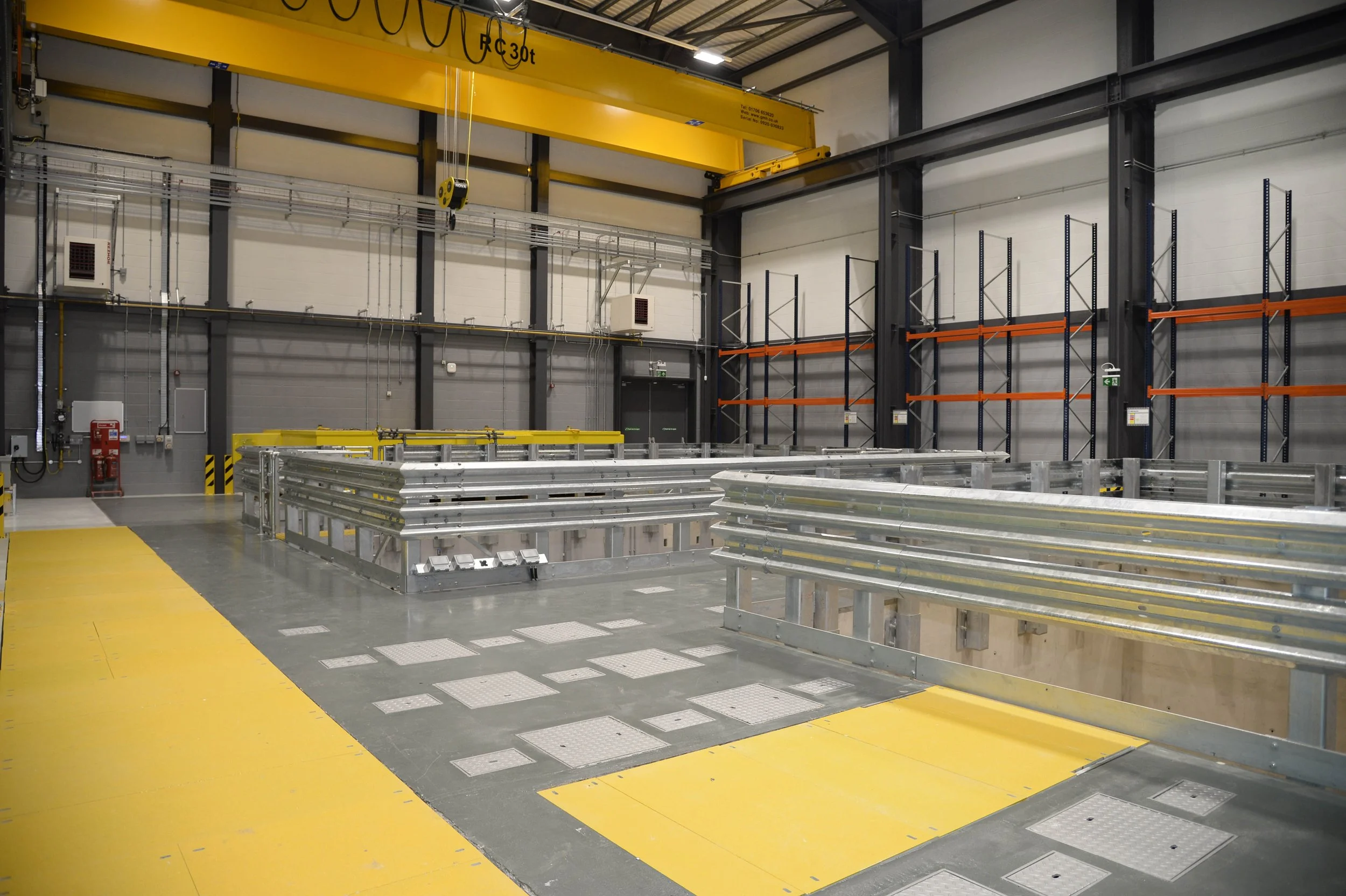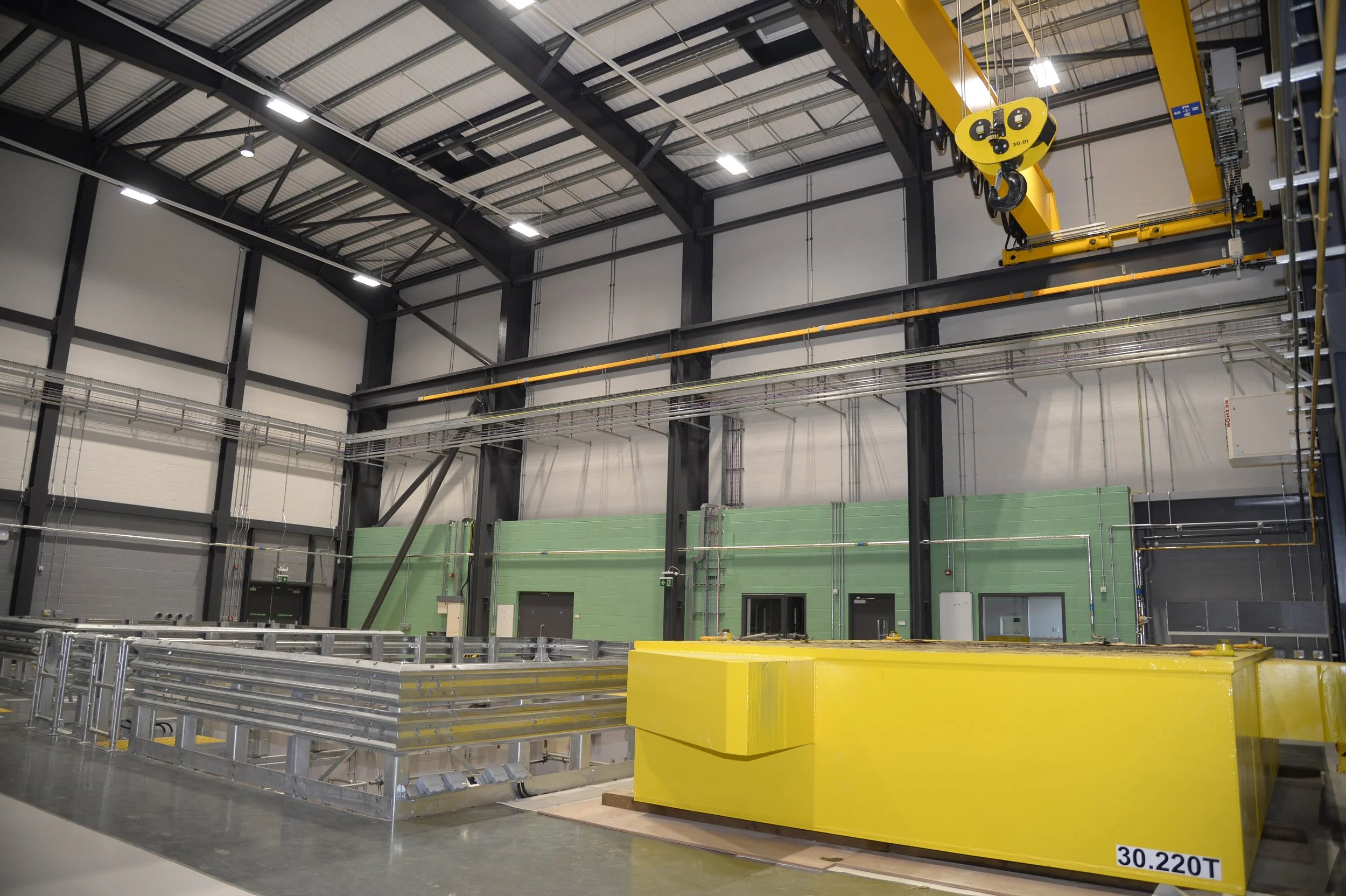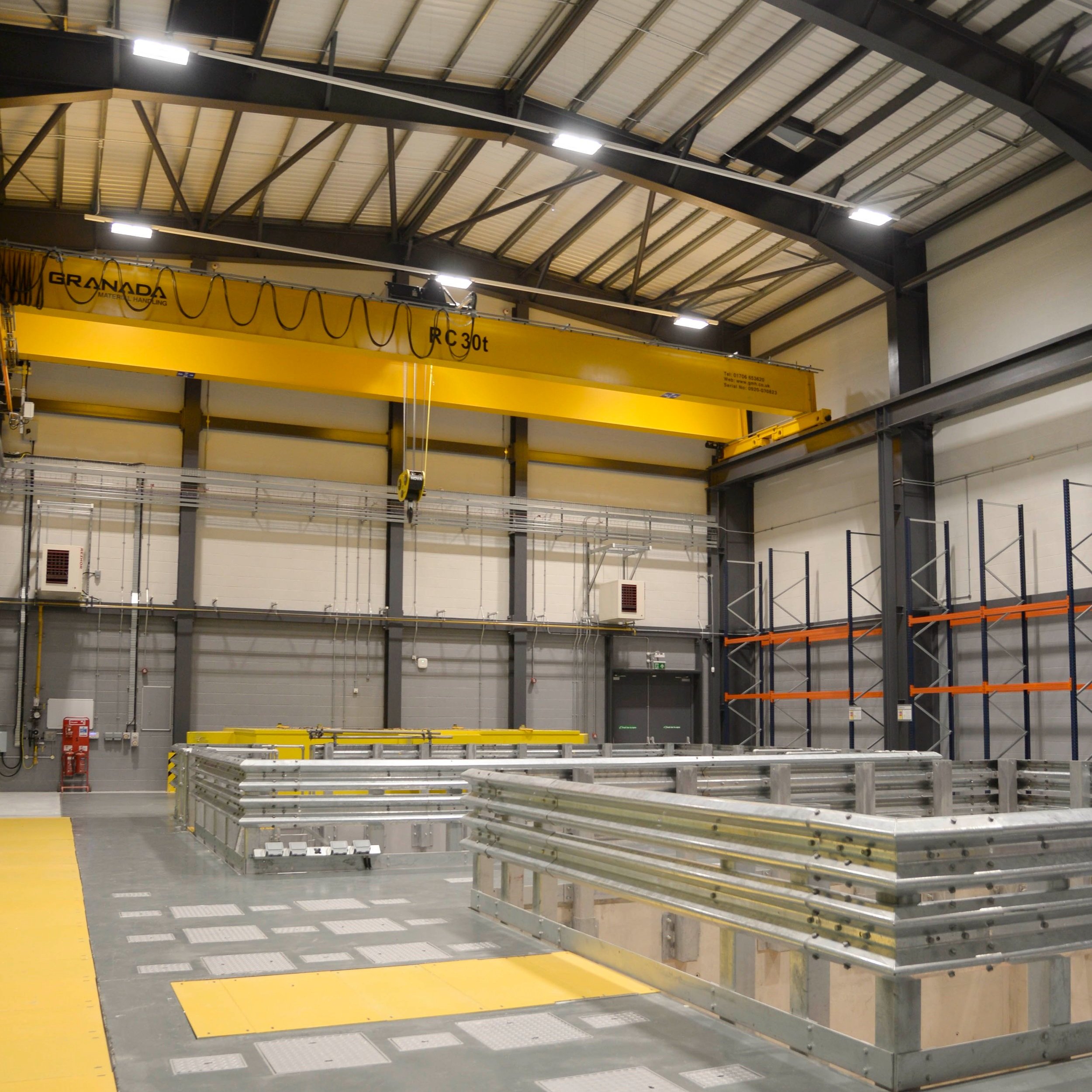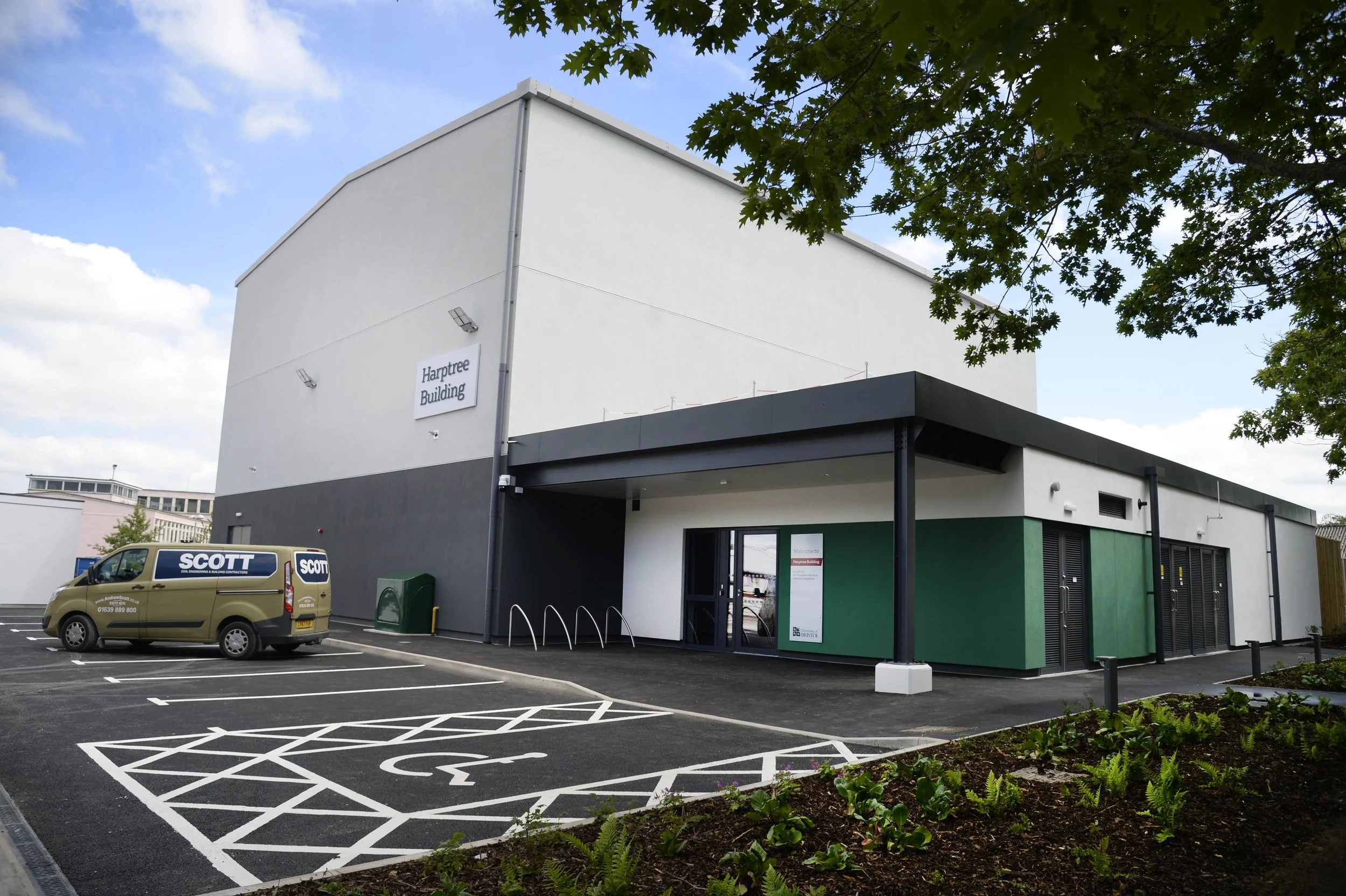
Soil Foundation Structural
Interaction Facility (SoFSI)
World-Leading Research and Development Facility




There is no other facility like this in the UK, and only a handful exist globally that perform a similar function.
As Principal Contractor, we delivered the SoFSI (Soil-Foundation-Structure Interaction) facility for the University of Bristol a cutting-edge research centre focused on the design and performance of foundations, piles, retaining structures, and their interaction with the ground under a range of seismic and dynamic conditions.
Primarily serving as a University research and development facility, SoFSI also offers opportunities for educational engagement, advancing knowledge in geotechnical, structural, and earthquake engineering. It enables prototype-scale, holistic experimentation of how real soils, foundations, and superstructures including offshore wind turbines, large-span and integral abutment bridges, rail tracks, energy lifelines, and nuclear power plants behave under both natural and man-made loads, such as traffic and seismic events.
The SoFSI facility includes:
A 6m x 4m biaxial shaking table
A 6m x 5m test pit, 4m deep, adjacent to strong floors supporting two 1MN pseudostatic actuators
A high-g multi-axis simulation table with a 500kg capacity
The building itself has a total gross internal floor area of 652m² and was designed to meet the complex technical demands of world-leading experimental research.
This landmark facility places the University of Bristol and the UK at the forefront of global innovation in soil-structure interaction research.

From the outset the delivery team fully appreciated the sensitivities and operational challenges of working on the University estate. Good relationships were maintained with surrounding stakeholders and the team responded well to external requests.
The facility was completed to a very high standard, much to the satisfaction of the Faculty of Engineering and the Estates team. The University recognised that Andrew Scott forged ahead under unprecedented and challenging conditions brought about by the pandemic.
During this turbulent time intelligent mitigation measures were used to lessen the effects to the overall outcome of the project. I would like to thank the team for a job well executed.
Luke Everett - Project Lead (Capital Development) University of Bristol

